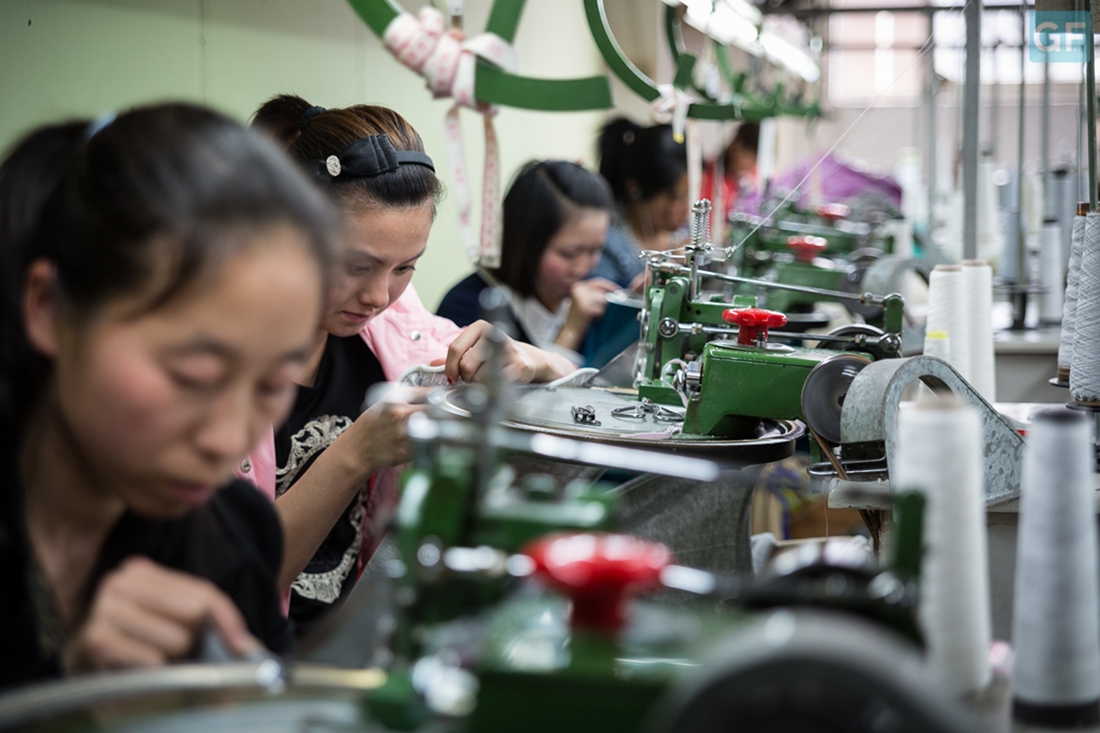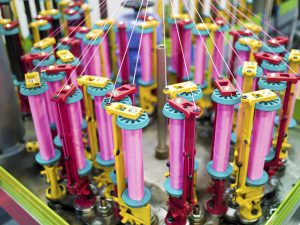
Instability of factories in China.
Law firms and every other professionals who provide legal services for foreign businesses operating in China receive calls or emails from their clients because their Chinese supplier has sent them a product with quality issues, that is different from what was previously approved, or it hasn’t arrived on the agreed date. The answer is consistently the same: “there is nothing we can do for you”.
To a certain extent, it is beneficial for the law professionals and third parties working with the company to blame the victim in these situations. Normally, the lawyers will comfortably say they should have called them before the problems started, and in that way these issues could have been avoided.
But what happens when a Chinese company, whether it is a partner or a provider, goes bankrupt or disappears? How could the western buyer be responsible for this?
What happens when the Chinese factory goes bankrupt?
Given the current economic and social changes taking place in China, there is some instability in the factories, and many of them are going through a rough time in terms of their finances.
Usually, when a Chinese factory goes into bankruptcy, the derived consequences and issues will fall onto the foreign buyer.
Given the current unstable situation, I started to investigate and analyze how the law professionals who have experience in China deal with these matters, and I found a very rational list, suitable for the current situation. If we apply it, it could help us avoid the serious problems derived from our provider’s bankruptcy.
I believe this list, transcribed in the following paragraphs from D. Harris’ article titled “Six Rules of Due Diligence in China”, might concern not only investors looking for a Chinese partner, but also buyers when they are looking to evaluate their future suppliers.
1. Approach the company as a potential local client would. In this way, you will be able to see what the local Chinese clients see. On the other hand, they are generally less willing to run legal risks in their market of origin (China) than in Europe or America.
In other words, investigate your future Chinese supplier from the local environment, and leave the investigation in the hands of your Chinese collaborators or trusted persons. Their perspectives and conclusions may be very important.
2. Take the company’s presentations “with a grain of salt”. In a country where a large number of managers make less than $500 a month, it’s not difficult for an unscrupulous company to buy someone’s loyalty for the duration of a phone call or a meeting. You must trust your own contact network to help you understand that company and the industry as a whole. Sadly, if you lack those networks, you shouldn’t make the decision to invest in China on your own.
3. Try to build your own scenery of fraud. Put yourself in the shoes of the potential scammer. At some point during the evaluation of each investment or provider, you must stop and think how everything the company has shown to you could be organized. It is good for investors and clients to implement this process so as to be less gullible. Most importantly, this type of thought clarifies how some simple steps (for example, some new paint on old machinery) can be very effective in deceiving a gullible investor or future client.
4. Forget the paper. Focus on operation. In China, any type of document can be purchased, even official documents. It’s difficult to understand why investors have so much faith on bank statements, bills and contracts. The Chinese world of business is full of stories about forged bank statements and other documents that lead to disastrous offers. Sadly, most auditors apply the auditing manual from their country of origin: they revise documents and take them at face value; they follow them to the letter.
Instead, you should look at the operation itself.
When will the delivery take place? How much material is moving within and outside the factory? Does the office seem to be swarming with activity? How many employees can you count? How many square meters does the place have?
All of these are basic questions you should consider when visiting the site. And it’s worth visiting the facilities two or three (or more) times. A good scammer can put on a show, but it’s very unlikely that he will be able to do it again every time. You must pay attention to subtle differences. Ultimately, if you can’t find a reliable way to measure the company’s sales or productivity (for example, in the case of a service provider), think carefully before moving on with the investment.
5. Talk with the competitors. Competitors are real companies, and they can usually say one of two things about a dishonest competitor: either they are dubious or not very well known (it may be the first time this company hears about the “competitor”); or they know it’s a fraud.
At first, many competitors are unwilling to speak openly about a fraudulent company if they know you are a potential investor to them. However, if you are a potential buyer purchasing from a provider, it can be a whole different story.
6. Don’t delegate blindly; and if you do, you must make sure to choose the right individual and professional.
A large number of investors and buyers with experience in China have stories to tell about subordinates who allied themselves to the company or provider under evaluation to try and scam the investor or client.
Zero risk
Alright –D. Harris continues—we now have the rules to follow that will help us take provisions; but what happens when the western company has done everything we discussed and the Chinese factory goes bankrupt, with the owners disappearing over night without notice?
Doing what was previously describe will not help with that situation at all, will it?
Well, yes, of course it will.
When this happened to his clients, the two times they had very favorable contracts, they were able to go to the factories in China and take the manufactured products they had paid for, while another product had been confiscated by the government to be used to pay the employees.
But he also admitted that, even in the two situations previously mentioned, his clients couldn’t recover 100% of the items purchased, because in both cases the Chinese factory had only manufactured around half of the amount of products that had been paid for. Clearly, they ended up losing money in the other half and, most importantly, they faced a stock breakage of those products –and in both cases—during high season.
Could this situation have been avoided?
I believe the answer is simple and quite in line with what western companies can do: to constantly monitor the Chinese factories looking for warning signs.
Of course, I understand this type of answer is suitable for a workshop, but what does it mean in real life, in our day-to-day business?
As we mentioned before, at present, and for different reasons, more and more factories in China are closing their doors. Chinese factories are open as usual one day, and the next day they go bankrupt, often without any kind of notice. It’s essential to stablish and control the following three indicators. They will allow us to monitor whether a factory in China is in trouble or not.
Unused space / idle capacity.
Repeated noncompliance of delivery schedules.
Conflicts with the staff and layoffs.
We must add to these indicators the “buzz” or “water cooler rumors” in the western world, or the “tea table rumors” in China, brought to us by our own employees, who are in touch with the factories, product managers, quality controllers, etc.
Another thing we must always keep an eye on is the changes in the law, whether it is the Chinese legislation that applies directly to the factories (environmental laws), or those concerning demographic and social changes (Land Law, Public Usage Areas, etc.) that may affect the factory, its location, its environment, logistics, authorizations, etc.
Bottom line.
Outsourcing your product to China will never be free of risks, but the more proactive you are in reducing those risks, the better your chances will be to prevent those problems.
And if you still haven’t been able to avoid this situation, put yourself in the hands of your local person and collaborator of trust so that he can learn about the situation through his information channels and move the negotiation forward under your supervision. From my experience I can tell you that you have no idea how effective negotiations can be between middle managers from both parties if you can find, on the bankrupt factory side, the suitable person and identify their interests.
This person is key because, if they have a somewhat relevant position in the organization, they will keep us informed of the process first-hand, they know where our production is located, as well as the materials that haven´t been used yet; they have access to original export documents that may not have been given to us during the process, among other important matters.
Having access to this information puts us in a vantage point compared to other affected companies and to the authorities, so that we can negotiate the soonest and most effectively possible.
I hope we can all join in to “make textile sourcing in Asia easier”
Cheers!














































